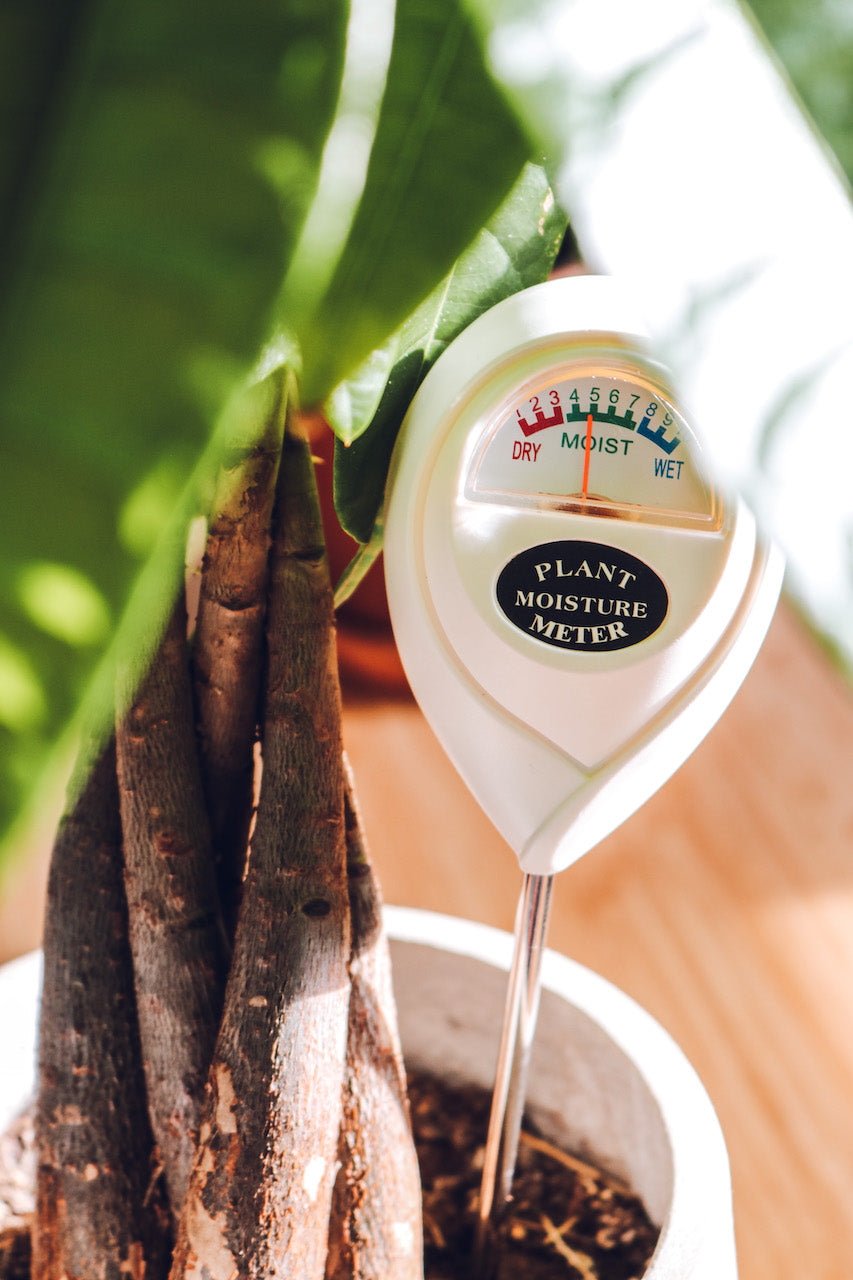The Science Behind Moisture Meters: How They Function and Why They're Vital
The Science Behind Moisture Meters: How They Function and Why They're Vital
Blog Article
Recognizing the Relevance of a Moisture Meter in Stopping Mold And Mildew and Water Damage in your house
In the realm of home upkeep, the visibility of dampness can often be a silent yet powerful foe, qualified of triggering pervasive mold and mildew growth and insidious water damage if left unchecked. Comprehending the relevance of a dampness meter in this fight is not simply a choice yet a critical need.

Relevance of Wetness Detection
Reliable dampness discovery techniques are important for safeguarding buildings and stopping potential mold and mildew development and water damage. Wetness can permeate into various building products, leading to structural issues and health and wellness hazards - Moisture Meter. By utilizing a dampness meter, property owners can proactively determine areas susceptible to excess moisture, permitting prompt treatment and reduction strategies
Dampness meters give exact analyses of moisture degrees in various materials such as concrete, drywall, and timber. This information assists in determining locations of issue, even in surprise or hard-to-reach places. Early detection of moisture accumulation enables prompt fixings or changes to stop further damages.

How Dampness Meters Job
Wetness meters play a crucial function in the proactive recognition of excess wetness, assisting in the prevention of possible mold development and water damages by giving precise readings of wetness levels in numerous structure materials. These tools work based upon different principles, depending upon their kind. Pin-type wetness meters, for example, have 2 pins that pass through the product to measure the electric resistance in between them. When wetness exists, it boosts the material's conductivity, bring about a lower resistance analysis. Pinless moisture meters, on the various other hand, use electro-magnetic sensors to scan the material without creating damage. These sensing units discharge electromagnetic signals that penetrate the material and gauge the dielectric homes, suggesting moisture content. Some advanced wetness meters combine both pin and pinless innovations for extensive moisture discovery. Recognizing exactly how moisture meters function is essential for prompt and exact moisture degree evaluations, enabling reliable preventive procedures versus mold and mildew and water damage.
Detecting Early Indication
Upon initial inspection of a building, identifying subtle signs of excess dampness becomes critical in the very early discovery of potential mold growth and water damages. Some usual early indication consist of musty smells, water stains on wall surfaces or ceilings, peeling off paint or wallpaper, and distorted or tarnished surfaces. Stuffy smells usually indicate the existence of mold and mildew or mold, also if no visible indicators are evident. Water spots can signal leakages or seepage, while peeling off paint or wallpaper may be a result of dampness compromising the bond of these products to the surface area. Warped or discolored surface areas, such as learn the facts here now bending floorboards or discolored drywall, are clear indications of water damage. Moisture Meter. In addition, a rise in allergy signs and symptoms or respiratory issues among residents may recommend the visibility of mold due to excess moisture. By promptly recognizing and attending to these early warning indicators, property owners can minimize the risk of extensive mold and mildew development and water damages in their residential or commercial properties.


Preventing Mold And Mildew Development
Identifying very early warning indications of excess wetness within a residential property not just enables prompt detection of potential mold growth and water damages but additionally serves as a proactive procedure in avoiding the spreading of mold. To successfully next page protect against mold development, it is important to resolve any resources of dampness promptly.
Monitoring moisture degrees in locations susceptible to moisture, such as basements and crawl spaces, using a dampness meter can additionally assist in very early discovery of raised moisture levels and possible mold and mildew growth. By taking aggressive actions to stop excess wetness and mold development, property owners can guard their property and indoor air top quality.
Advantages of Regular Tracking
Regular surveillance of moisture degrees in a home can play an important function in keeping a healthy interior environment and avoiding prospective mold and mildew and water damages. By regularly inspecting wetness degrees, home owners can spot any type of concerns without delay and take necessary actions to avoid mold growth and water damage.
Additionally, regular surveillance permits house owners to track patterns and patterns in moisture degrees over time. Eventually, the consistent monitoring of dampness degrees empowers home owners to secure their home, safeguard their health, and protect the stability of their indoor setting.
Final Thought
Finally, the use of a dampness meter is necessary in avoiding mold and mildew and water damage in homes. By detecting very early indication of moisture, home owners can take positive procedures to stop mold and mildew development and expensive fixings. Regular surveillance with a dampness meter can help keep a healthy indoor setting and protect the structural honesty of the home. It is an important best site device for ensuring the security and health of homeowners.
By making use of a moisture meter, property owners can proactively determine areas susceptible to excess moisture, permitting for timely intervention and mitigation techniques.
Moisture meters offer precise readings of wetness levels in different materials such as drywall, concrete, and timber.Dampness meters play a critical role in the positive identification of excess wetness, helping in the prevention of prospective mold growth and water damage by offering precise readings of dampness levels in various building materials. Comprehending exactly how moisture meters feature is important for accurate and timely dampness level evaluations, allowing effective preventive measures versus mold and water damage.
Keeping track of moisture levels in locations susceptible to dampness, such as cellars and creep spaces, using a dampness meter can additionally help in early detection of raised wetness levels and possible mold and mildew development.
Report this page